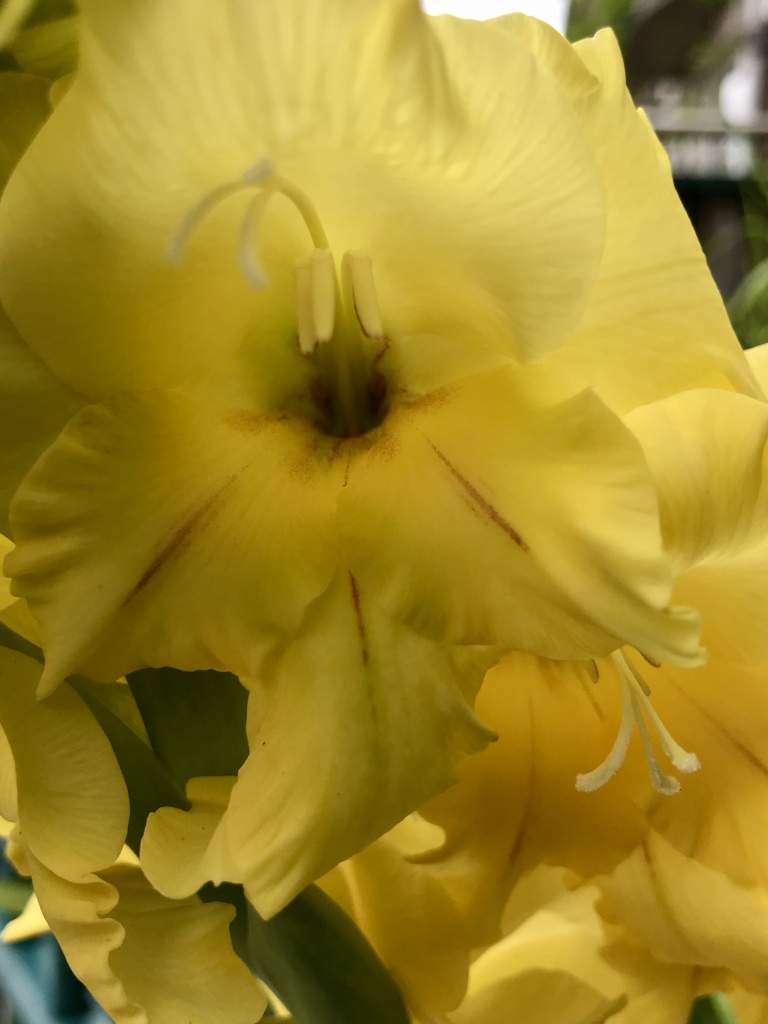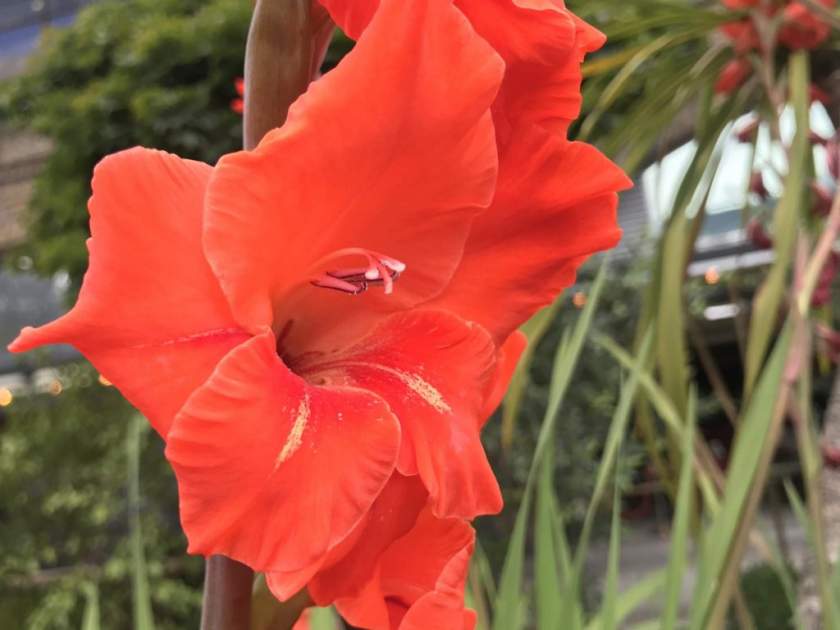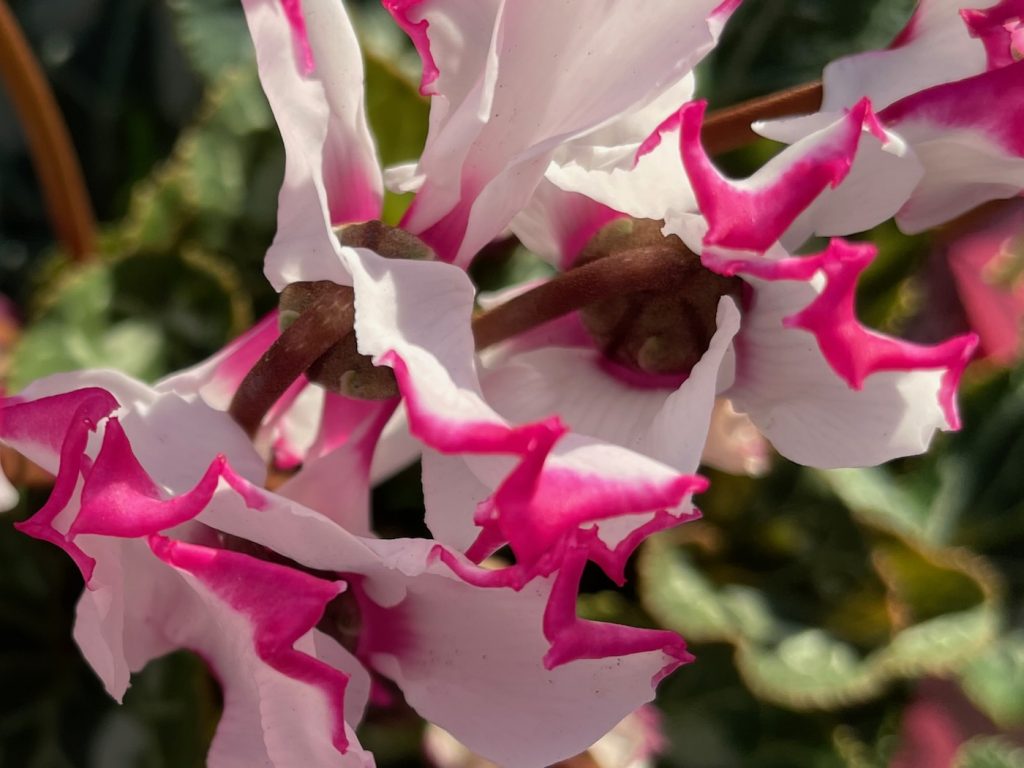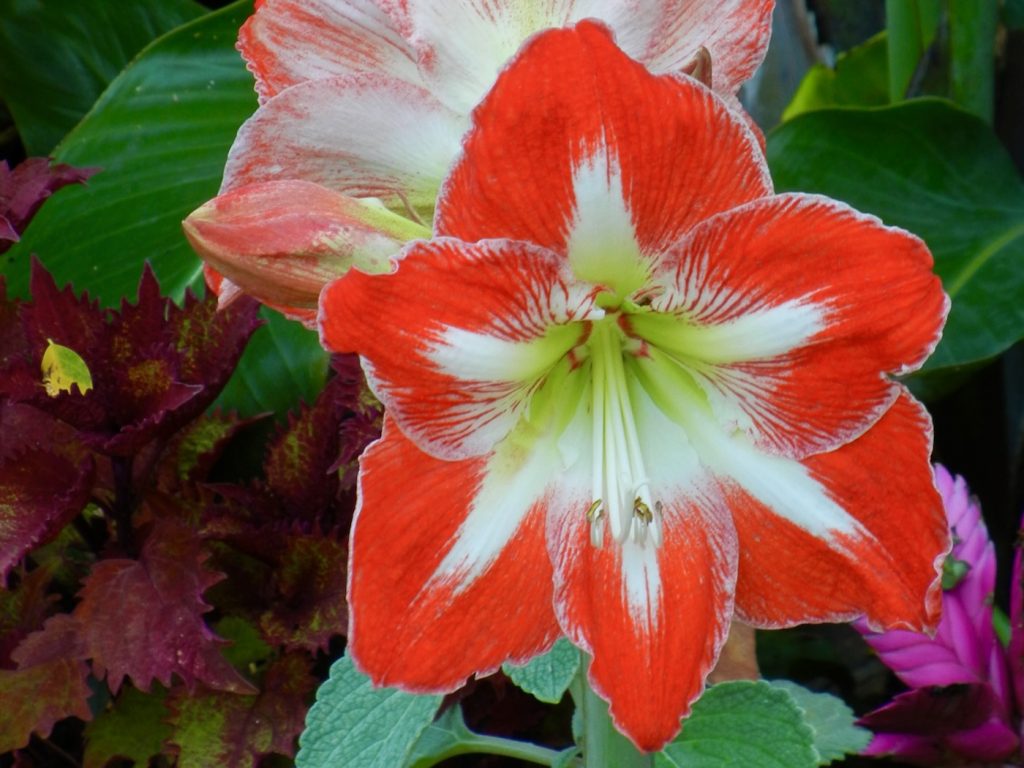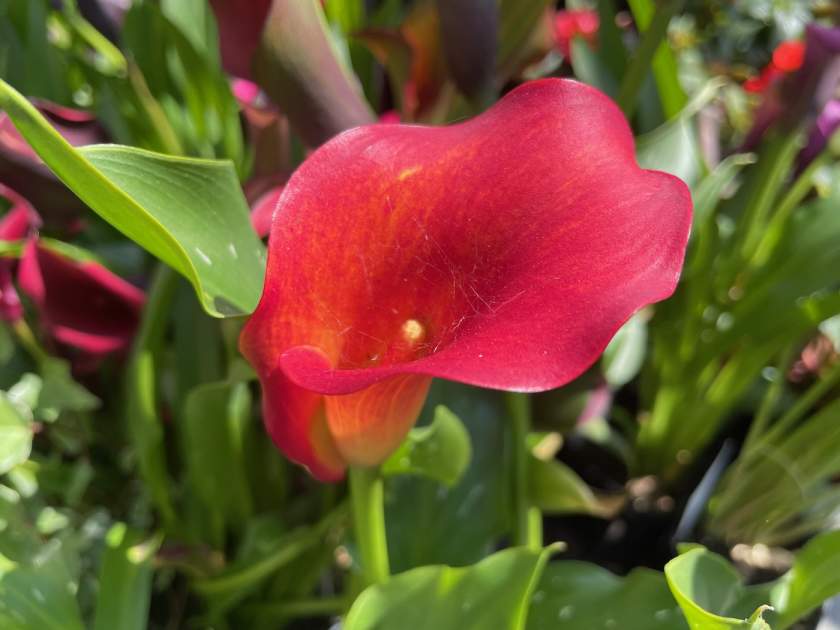Cultivating Gladiolus: A Guide to Growing Sword-Lilies
Common Names: A Variety of Names and Descriptions Gladiolus (Gladiolus spp.) is a captivating flowering plant known by several names, including Sword-Lilies, Gladiolus callianthus murielle, Abyssinian Sword Lily, Gladiolus grandiflorus, Gladiolus communis sup Byzanthinus, Byzantine Gladiolus, or Gladiolus nanus. These names reflect the diverse species and cultivars within the Gladiolus genus. Belonging to the Iridaceae family, Gladiolus earns its name “Sword Lily” due to the shape and size of its flowering stem. This popular cut flower is celebrated for its elegant appearance and ease of cultivation.
Characteristics and Native Habitat: Corms, Leaves, and Colorful Flowers Gladiolus originates from South Africa and Mediterranean countries. The plant grows from corms, which are bulb-like structures that store nutrients and serve as the plant’s energy source. Gladiolus features long, slender, sword-shaped green leaves that provide an attractive backdrop to its vibrant flowers. The trumpet-shaped blooms emerge on tall spikes, offering a striking display in gardens, borders, and floral arrangements. Gladiolus flowers exhibit a vast array of colors, ranging from pure white and sunny yellow to delicate pink, fiery orange, regal purple, passionate red, and more.
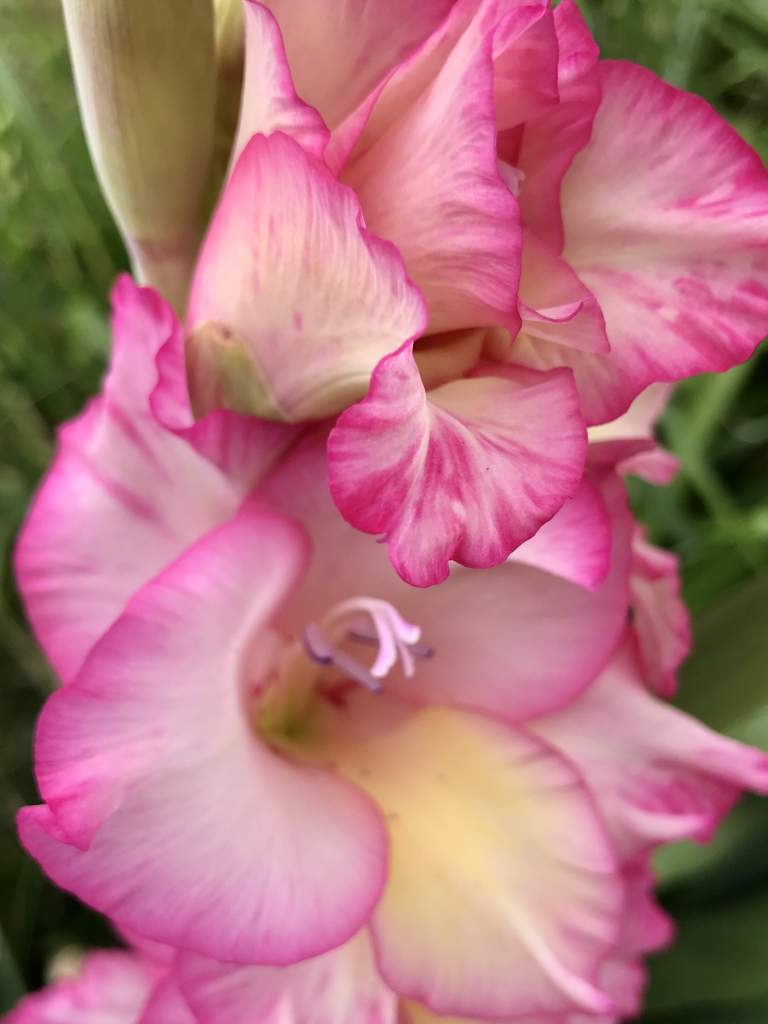
How to grow Gladiolus:
Optimal Growing Conditions: Sunlight, Soil, and Planting To cultivate Gladiolus successfully, provide it with ample sunlight. Choose a sunny location in your garden that receives at least six to eight hours of direct sunlight each day. Gladiolus thrives in humus-rich soil with moderate moisture levels. While it can adapt to various soil types, avoid heavy clay soils that retain excessive water. Plant your Gladiolus corms in spring to early summer, ensuring they are spaced approximately 5 inches (12 cm) apart. For larger corms, plant them 6 inches (15 cm) deep, while smaller ones can be planted 3 inches (7 cm) deep. The close proximity of the plants allows their slender, vertical stems to support one another as they grow.
Flowering and Prolonging the Blooming Season Gladiolus typically flowers for approximately two weeks, providing a dazzling spectacle in your garden. To extend the blooming season, consider planting corms in two-week intervals, allowing for a continuous display of flowers throughout the summer. By planting new corms up until early July, you can enjoy the beauty of Gladiolus blooms for an extended period.
Maintenance and Propagation: Corm Care and Pest Management After the flowering period, you have the option to remove Gladiolus corms approximately six weeks after flowering if you wish to store them during the winter. Alternatively, you can leave them in the ground and apply a layer of mulch to protect them from frost. When left outside, it is advisable to divide the corms every couple of years to prevent overcrowding and promote healthy growth. Propagate Gladiolus by dividing the corms during their dormant phase.
While Gladiolus is generally easy to grow, it can be susceptible to certain pests and diseases. Keep a vigilant eye for signs of grey mold, corm rot, thrips, aphids, or slugs. Prompt action and appropriate pest management practices, such as using organic or chemical controls when necessary, will help maintain the health and vitality of your Gladiolus plants.
By following these cultivation guidelines, you can successfully grow Gladiolus and revel in the splendid beauty it brings to your garden or floral arrangements. The versatility of Gladiolus, along with its captivating flowers and ease of cultivation, makes it a popular choice among gardeners and flower enthusiasts. Whether you’re seeking to add vibrant colors to your garden beds or create stunning floral displays, Gladiolus is a reliable and rewarding plant to grow. With proper care and attention, you can enjoy the graceful elegance of Gladiolus blooms and experience the joy they bring.



